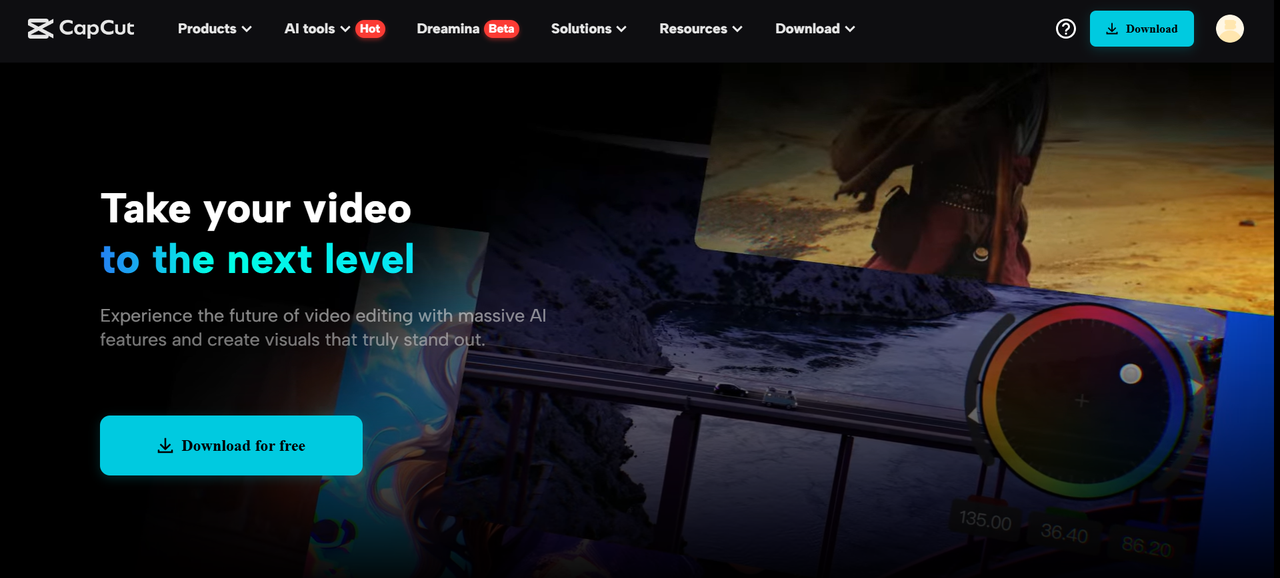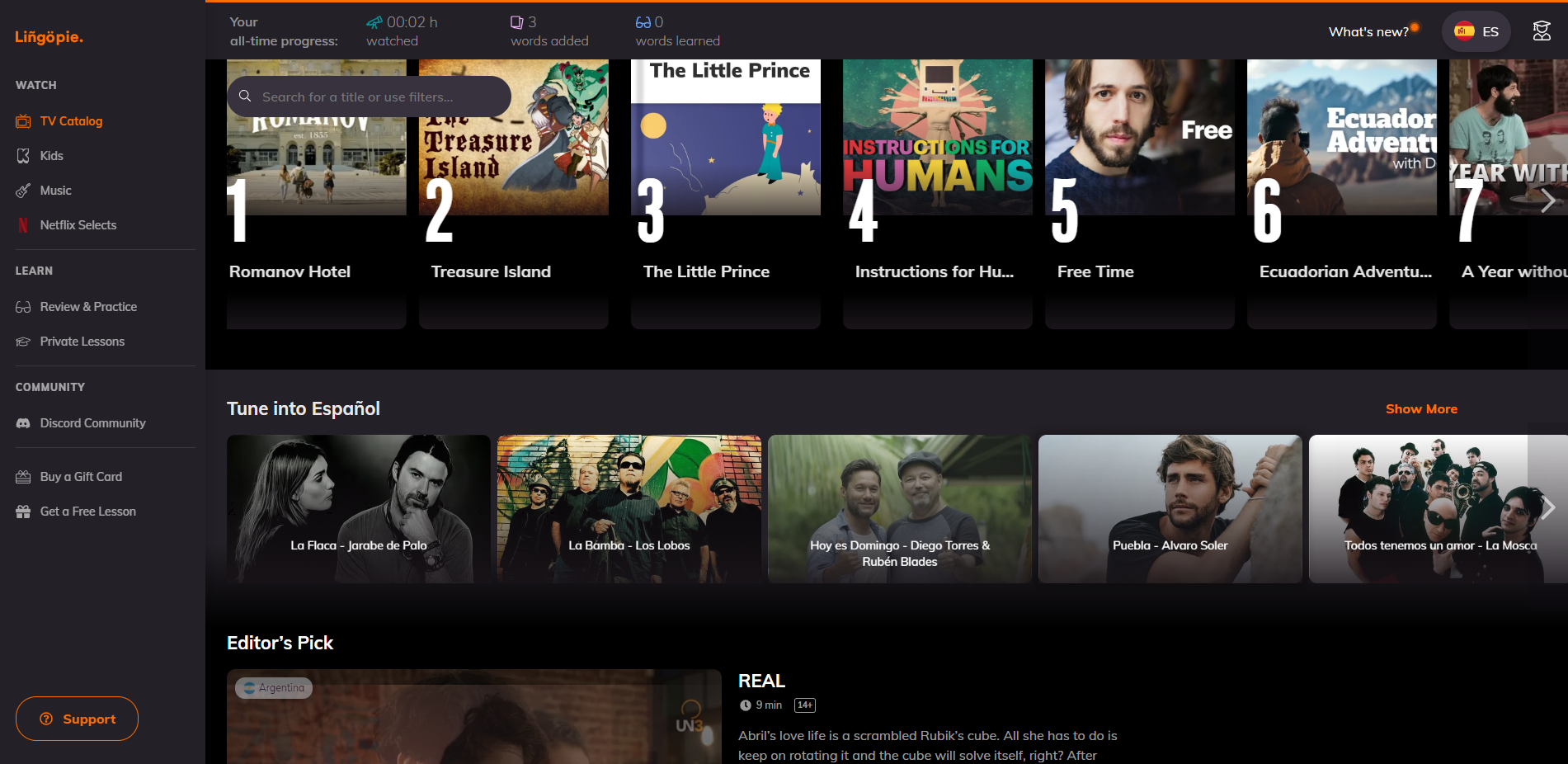From Offline to Online: Tips for Teachers Making the Leap
written by: Krystof-Sandor Harfst
Table of Content
In an era where technology is reshaping the landscape of education, teachers are facing the challenge of transitioning their traditional classrooms to the virtual world. The shift from offline to online teaching is a transformative journey that requires adaptability, creativity, and a willingness to embrace new methodologies. This blog post is dedicated to educators embarking on this journey, offering practical advice and strategies for successfully navigating the shift to online language teaching.
Embracing the Digital Transition
Moving from traditional face-to-face teaching to online instruction might initially seem overwhelming, but with careful planning and the right strategies, educators can make a smooth transition. Let's explore some essential steps to consider when making the leap from offline to online teaching.
1. Understand the Online Learning Landscape
Before diving headfirst into online teaching, it's essential to familiarize yourself with the digital tools, platforms, and methodologies available. Research various online teaching platforms and explore their features. Understanding the functionalities of these platforms will help you make informed decisions about which ones suit your teaching style and content.
2. Build Digital Literacy
Online teaching demands a certain level of digital literacy. Invest time in learning how to use video conferencing tools, virtual classrooms, and other online resources effectively. Experiment with these tools to build your confidence and become comfortable with their use.
3. Adapt Lesson Plans for Online Delivery
One of the challenges of transitioning to online teaching is restructuring lesson plans for a digital environment. Break down your content into smaller, manageable sections, and consider incorporating interactive elements like quizzes, polls, and multimedia to keep students engaged and active during their virtual learning experience.
4. Maintain Engagement and Interaction
A crucial aspect of successful online teaching is maintaining student engagement. Create opportunities for interaction by using breakout rooms for small group discussions, conducting virtual debates, and encouraging students to ask questions in real time. Utilize online tools to foster collaboration and meaningful discussions among students.
5. Establish Clear Communication Channels
Establishing clear communication channels with your students is paramount. Provide guidelines for how and when students can ask questions, submit assignments, and seek help. Utilize messaging apps, discussion boards, and email to ensure effective communication between you and your students.
Strategies for Effective Online Teaching
1. Foster a Positive Online Learning Environment
Creating a welcoming and inclusive online learning space is crucial. Share a brief introduction video about yourself, set ground rules for respectful behavior in the virtual classroom, and encourage students to connect with one another through online discussion forums and collaborative projects.
2. Leverage Multimedia for Engagement
Incorporate a variety of multimedia elements into your lessons to enhance engagement and cater to different learning styles. Integrate videos, audio recordings, infographics, and interactive simulations to provide visual and auditory stimuli that enrich the learning experience.
3. Provide Structured Learning Materials
Organize your teaching materials in a clear and structured manner. Provide access to digital resources, reading materials, assignments, and supplementary materials in a centralized location, such as a dedicated online course platform. This structure helps students navigate the course content easily and efficiently.
4. Embrace Synchronous and Asynchronous Learning
Balancing synchronous (real-time) and asynchronous (self-paced) learning activities is essential for accommodating diverse learning preferences. Use synchronous sessions for live discussions, Q&A sessions, and virtual office hours. Asynchronous activities give students the flexibility to engage with course content at their own pace.
5. Adapt Assessment Methods
Modify your assessment methods for the online environment. Utilize online quizzes, assignments, peer assessments, and discussion participation to evaluate student understanding and progress. Provide timely feedback to guide their learning journey effectively.
Overcoming Challenges and Nurturing Growth
1. Address Technical Challenges Proactively
Technical issues are bound to arise in the online realm. Proactively prepare your students for potential challenges by sharing troubleshooting guides and offering technical support. Consider conducting practice sessions to ensure that students are comfortable with the online tools and platforms.
2. Promote Self-Directed Learning Skills
Online learning encourages self-directed learning. Empower your students by encouraging them to set goals, manage their time effectively, and take ownership of their learning journey. Provide resources on study strategies, time management, and self-assessment techniques.
3. Continuously Seek Feedback
Engage in an ongoing dialogue with your students to gather insights into their online learning experience. Regularly seek feedback through surveys, online discussions, or informal check-ins to understand what aspects are working well and where improvements are needed.
4. Stay Updated on Best Practices
Online teaching is a dynamic and evolving field. Stay up-to-date with the latest trends, tools, and best practices in online education. Attend webinars, workshops, and conferences related to online teaching to enhance your skills and adapt to new instructional methods.
Conclusion: Embracing a New Era of Education
The transition from offline to online teaching represents an exciting opportunity for educators to adapt and innovate. While the shift may present challenges, it also offers a realm of possibilities for enriching the educational experience of students around the world. By understanding the online learning landscape, implementing effective strategies, and fostering a positive and inclusive virtual classroom environment, teachers can successfully make the leap from offline to online language teaching. As technology continues to shape the future of education, those who embrace online teaching stand poised to inspire and educate students in innovative and meaningful ways, no matter the distance.
Share this article!






